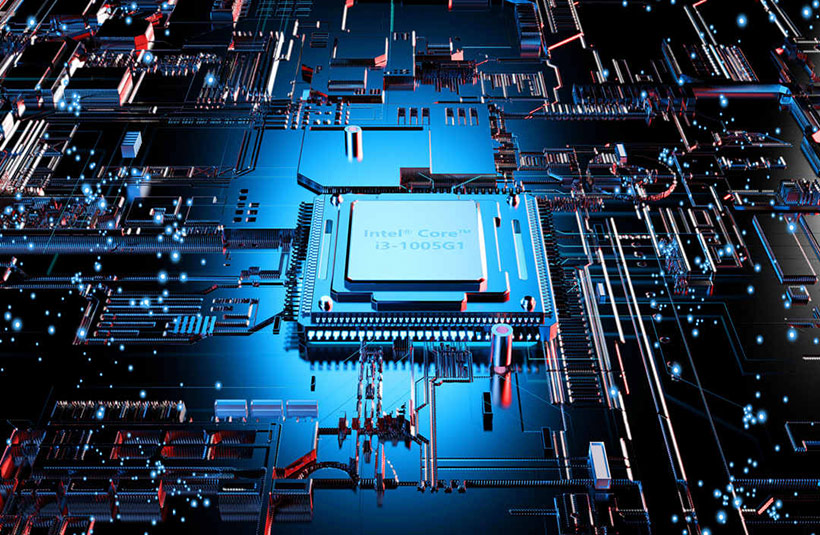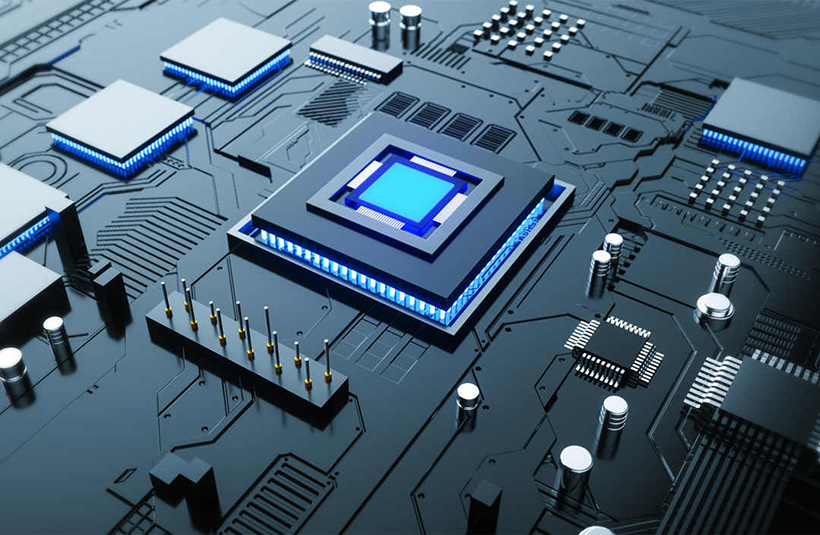
After more than half a year of demand adjustment, there is no shortage of general materials in the market at present, and even there is an excess due to terminal orders cutting. Many distributors also feel pressure due to the reduced demand. However, in the case of a reversal of the market trend, the expansion plan of the original factory of IDM has not wavered, which is very different from the practice of wafer foundries and storage manufacturers to slash capital expenditure.
So when new materials are constantly pouring into the market, is it necessary to say goodbye to the lack of core? How to judge this problem will determine how to layout the future strategy of industrial chain links such as distributors and terminal merchants.
To meet long-term demand, IDM continues to expand production in reverse cycle
There are many differences between IDM and foundry in the industry, especially in terms of production expansion. The operation of wafer foundry is subject to the customer's order. The customers cut orders during the downturn of demand, which will naturally drive the wafer foundry to slow down its expansion. Otherwise, the expanded equipment and machines can only be idle, and the cost of empty consumption depreciation. However, IDM is different from it. The production process is determined independently, and counter cyclical expansion is even a good strategy for advanced layout.
At the end of September, TI announced that its new 12 inch plant, RFAB2, located in Richardson, Texas, was initially put into production, and would continue to expand its capacity in the coming months. In recent years, TI has been expanding its investment in 12 inch production capacity. Since 2017, more than half of TI's simulated income has come from the 12 inch production line. TI also planned to invest $30 billion last year to build four 12 inch plants in Sherman, Texas. In May this year, the first building has broken ground and is expected to be put into production in 2025.
Corresponding to TI, ST, which focuses on MCU and takes into account analog devices, made a plan last year to double the overall European 12 inch capacity from 2020 to 2025, and selectively increase some non 12 inch capacity. In addition to conventional components, ST will also invest 730 million euros to build a silicon carbide (SiC) wafer factory in Italy to meet the huge demand generated by the transition of fuel vehicles to new energy sources.
For the same company that can get a lot of dividends in the new energy market, it is also a good time to expand production. As the main original factory of power devices, Ansome will increase the production capacity of 12 inches and layout the silicon carbide industry in the next two years. As for the latter, Ansenmey pointed out that the production capacity in the next five years will be 1.3 times of the current one.
In addition, NXP plans to invest 2.6 billion dollars in May this year to expand production in Austin, Texas; Infineon recently opened a new power semiconductor factory in Hungary; Microchip is considering investing $3 billion to expand its production in Oregon, the United States, and plans to spend $5 billion in a few years to build a 12 inch wafer factory. It can be seen that IDM's enthusiasm for expanding production has not slowed down due to the reversal of chip market.

Overlapping supply and demand and policy orientation, IDM production expansion has various motivations
IDM's production expansion plans were established in the most serious period of core shortage. Now the market situation has reversed and the lack has not shaken the implementation of the original plan, which is due to various reasons.
First of all, even if the market as a whole is out of core shortage, there are still many high-end devices, vehicle gauge materials still have a large gap between supply and demand. According to the information disclosed by the original factory, Infineon's backlog of orders in the first three months of this year increased from 31 billion euros in the fourth quarter of last year to 37 billion euros; Ansonmei IGBT products are no longer ordered, and the production capacity of this year and next has been fully booked. In terms of delivery date, Infineon IGBT still has a delivery date of 39-50 weeks, while MOS tube materials are about 50 weeks. The vehicle MCU of ST, NXP and other factories is still in the distribution state, and the quotation is also high.
Not only in the immediate future, with the continuous development of new energy/smart cars, industrial equipment, medical equipment and other industries, the "core content" of individual equipment is also increasing, so the expansion of the original factory should also take into account the long-term demand of the industry, and even the growth of the core consumption of individual equipment is more decisive than the growth of the overall sales of equipment. For the original IDM factory, although the current market cycle has shifted, the demand for the number of chips will not decline in the future, which is just the right time for the reverse cycle layout.
In addition, recently, due to factors such as industrial safety and geographic game, the United States and European countries have begun to subsidize the semiconductor industry to strengthen local production. With the support of a large number of subsidies, semiconductor manufacturers have become more aggressive in expanding their production. In order to win subsidies, they even need to open more expansion projects and increase R&D efforts, so as to seize more potential market shares.
Through the lack of core, the market will "grow rationally"?
The lack of core after the epidemic has made the market enter an "irrational" state. Now, the demand is cooling down, and the original factory capacity is successfully opened, which is reversing the market situation from both supply and demand. For a long time, there have been many claims that chip capacity can always cover the demand. It is only because of poor logistics, panic orders and other factors that lead to the apparent "core shortage tide".
If the previous "core shortage" is not a hard shortage, the current expansion of IDM will only make the material supply more and more sufficient. However, oversupply should not be taken too seriously. With the continuous increase of chip usage in automotive, industrial control and other fields, these expanded materials can find a home. After the market returns to rationality, it will be easier to grasp the opportunities that can be left for distributors and terminal merchants.








